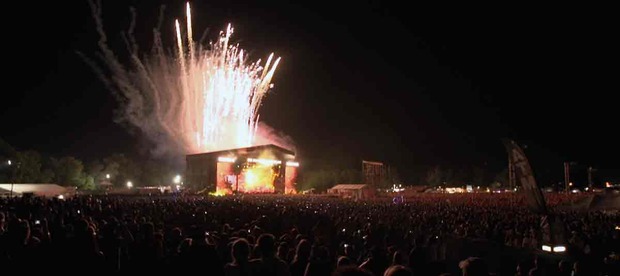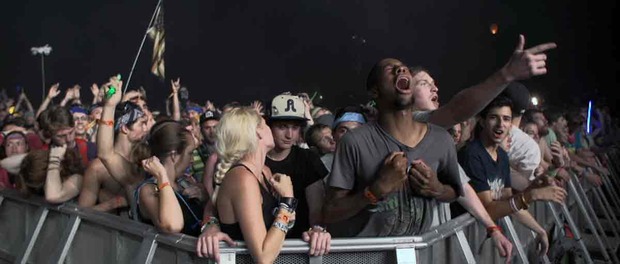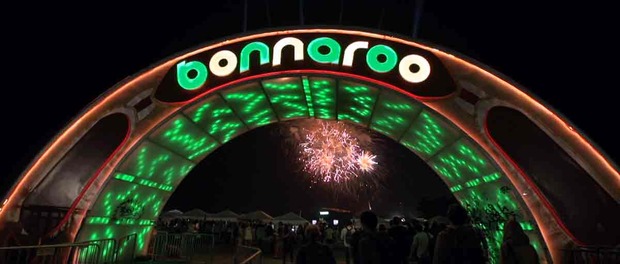Already Alive: The Bonnaroo Experience
A powerful montage short chronicling the power of the Tennessee music festival

At just under four minutes long, balanced between the frenetic and the meditative, filmmaking collective and storytelling studio’s Already Alive delivers a powerful, visually stunning trip into famed music festival Bonnaroo, now in its 13th year. This short film (commissioned, but not dictated, by the festival) captures both the spirit of the annual event while creating a dream-like state; functioning much the same way our own minds recall such an experience. The documentary, called “The Bonnaroo Experience,” portrays the celebrations and creativity of the musicians and attendees—with a focus on the connection between them. Many voices unite in front of the filmmakers’ camera and the resulting insight into discovery and experimentation pops with the color of it all.

Filmmaker, composer, digital artist and experiential designer, Marantz started Already Alive with a view in mind to situate his work and working environment among a creative movement. With a team of other cultural explorers—from directors of photography to editors and producers—Already Alive seeks to never sit still. With the filming of “The Bonnaroo Experience,” eight people were dispatched to gather all the footage they will need. As Marantz notes, “a music festival is a chaotic place to shoot with so much going on at once. The key is to be in the right place at the right time to capture that perfect moment.” With that in mind, and with no restrictions in terms of content, three of his team members on location were producers to ensure that they landed all the right shots. “There were two cameras rolling for close to 14 hours every day. One camera was with our DP, Tim, then the other was always mounted on a SteadiCam operated by Kyle Fasanella,” says Marantz. “It allowed us to be in multiple locations at once getting absolutely stellar imagery.”

Very appropriate for such a project, there was a “music first” mentality in setting the tone and sentiment of the film. Marantz explains that he “actually composed the music for this film before the festival to give the entire team a sense of the emotion we were trying to capture with our footage.” That said, he also had a six-page treatment and a lookbook, both aimed at outlining the story arc. Marantz explains, “It is so easy at these festivals to get sucked in by the music and the stages; however, the story we really wanted to tell was about the attendees.”
“Actually, most of the time we were filming at the stages, we were not shooting the artists; we were filming the crowds attending the shows to get those amazing reaction shots.” Anyone who has attended a music festival can attest to the value of community and the spontaneity of those not just passively watching, but actively contributing to the energy of event—whether they are fully aware of it or not.

With a busy crew and two cameras, a lot of footage was brought in. “For every amazing shot we used in the film, we probably had 10 to 15 more that did not make the cut. It was a lot of footage to go through to pick the best moments, but I really think we were able to get some incredible reactions to make this collage.” The team conducted a lot of interviews with a diverse range of guests. Together, it lends itself to the natural, fluid answers that compose the narration of the film. “I interviewed a young injured veteran who had just got back from Iraq. His voice and story was the first one in the film and really connects the viewer to this idea that festivals can truly have a profound impact on one’s life experience as it did to me.” The veteran’s story, although entirely unique, is one of many. The film blitzes with the emotional resonance of the scene.

As for being a montage, Marantz explains that “no two experiences are the same at Bonnaroo, or any festival for that matter. To tell the story behind an entire festival experience, I think you have to take pieces from many stories to create one larger one.” The filmmaker refers to this as collaborative storytelling. “By piecing together many voices and many moments of people’s experience, I think we were able to capture the overall feel.”
Stills courtesy of Already Alive











